-
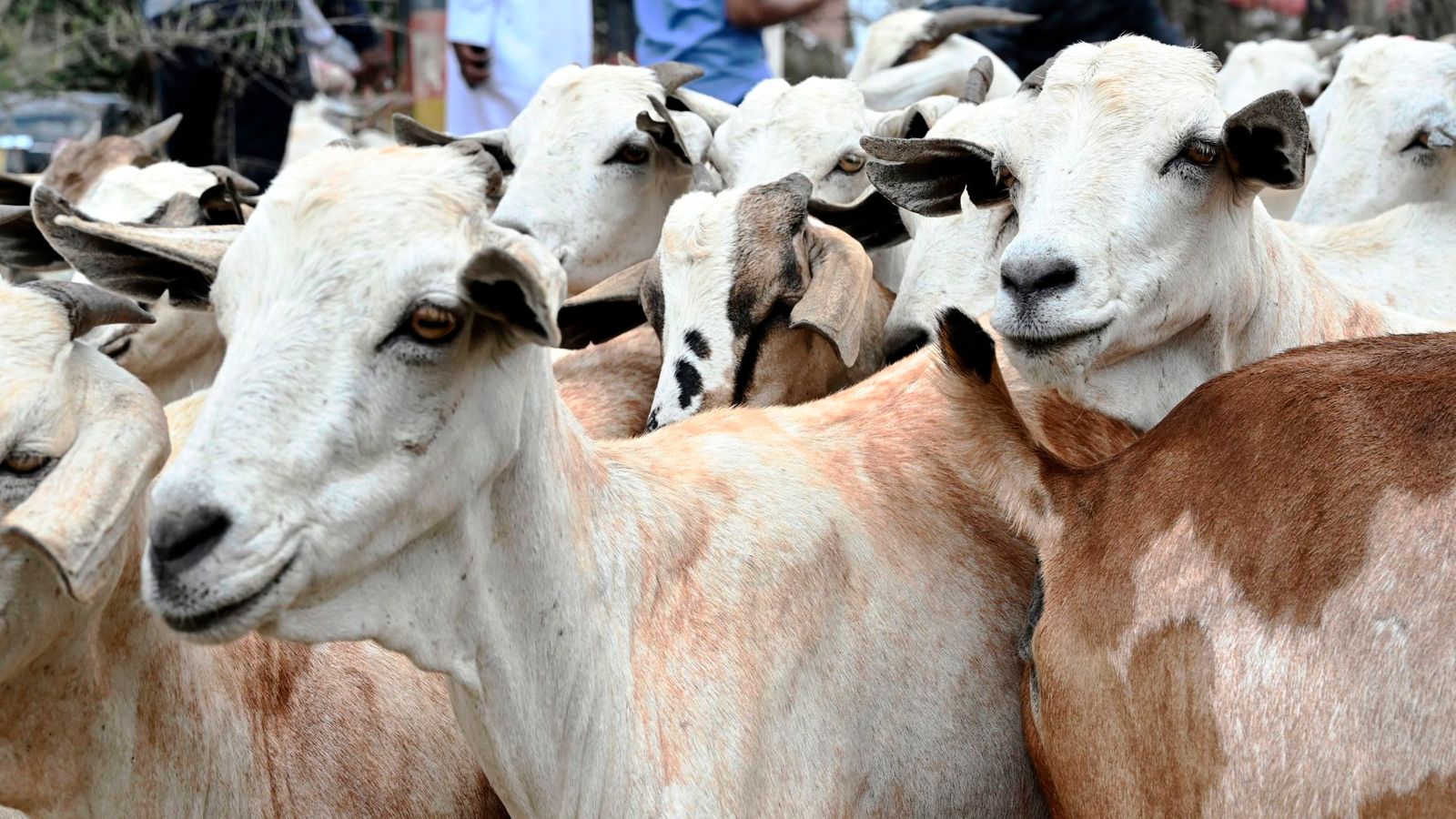
Bronze Age farmers gave preferential treatment to cows over domesticated sheep, goats
The movements of ancient crop and animal domesticates across prehistoric Eurasia are well-documented in the archaeological record. What is less well understood: How Bronze Age farmers and herders incorporated newly introduced domesticates — like cows from southwestern Asia — into thei...Read more -
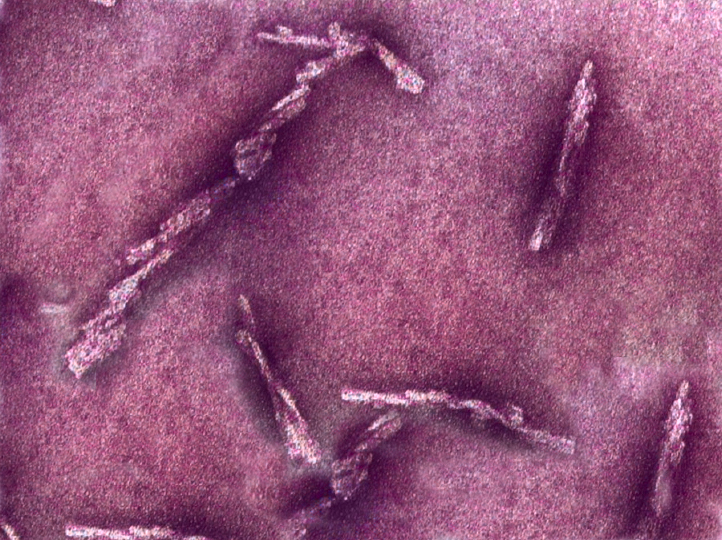
Atomic-level imaging of lethal prions provide sharpened focus for potential treatments
The highest-ever resolution imaging of an infectious prion provides the first atomic-level data of how these abnormal proteins are assembled to cause fatal neurodegenerative diseases in people and animals — and how they can be potentially targeted by new therapies. Conducted by Case Western...Read more -
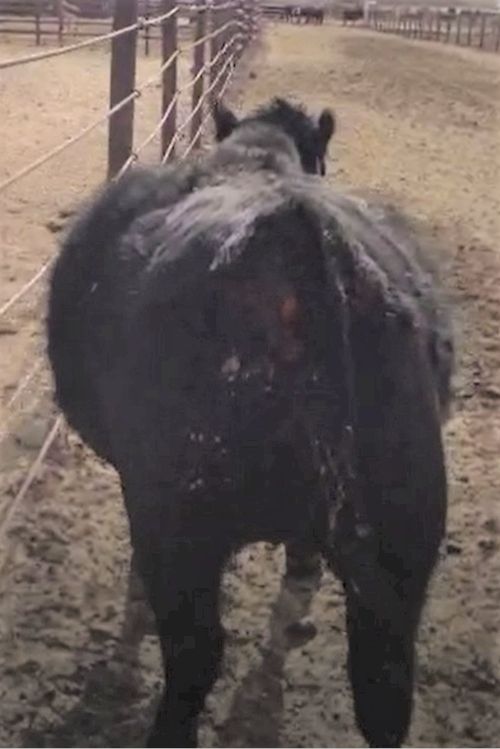
Why are my cattle bloating
Bloat can have a significant economic impact on an operation due to animal deaths or the following treatments required by bloat-prone animals. Bloat is a digestive disorder that results from the accumulation of excessive gas within the rumen and can lead to death of the animal by asphyxiation. Ga...Read more -
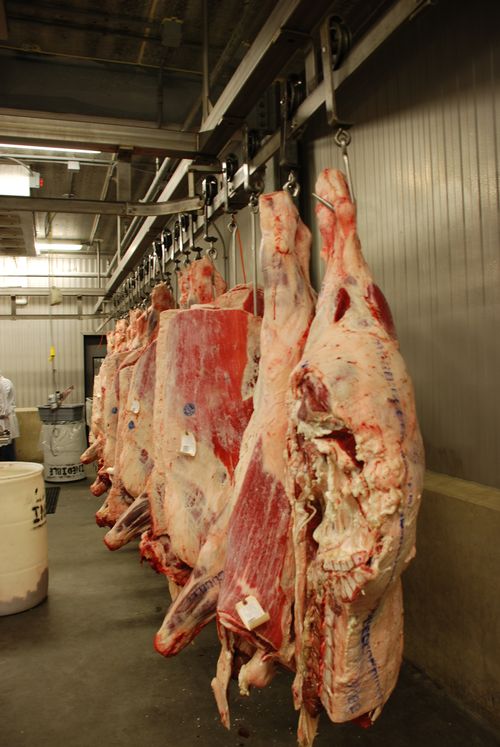
Planning and managing direct marketing opportunities for beef
Beef producers should consider utilizing safe, science-based technology where appropriate such as vaccinations and parasite control products to achieve cattle health and well-being goals. In many cases, farmers are making harvest appointments 12-to-24 months in advance at small processors and cat...Read more -
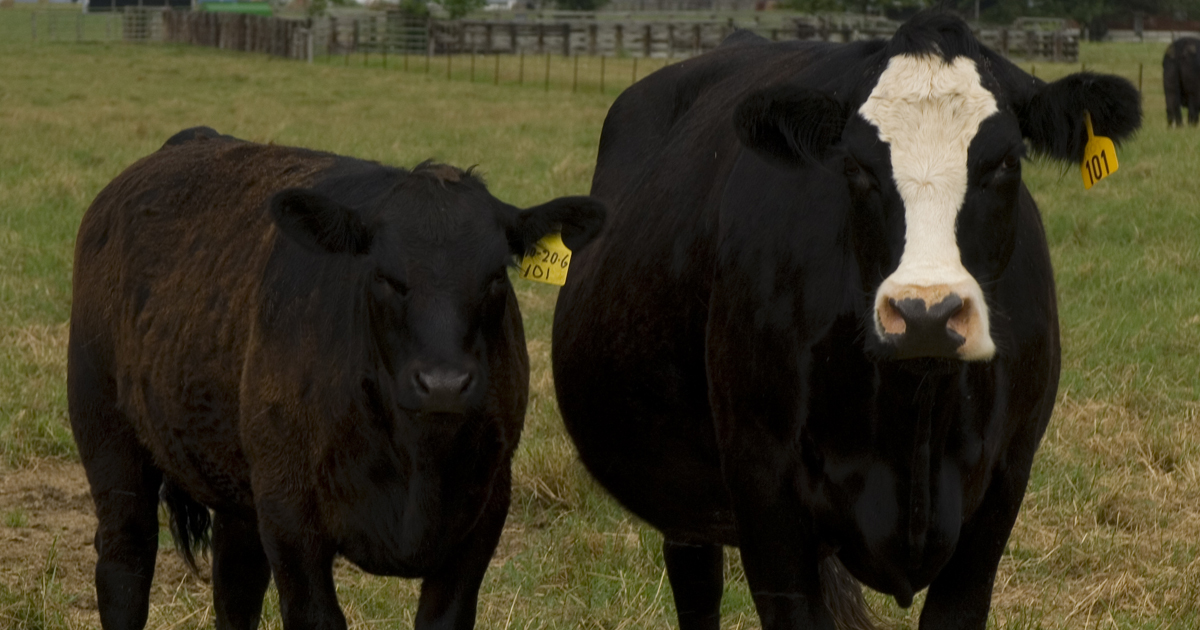
Phosphorous supplementation aids high cattle returns
Most paddocks have some hard ridges that are important during the wet season. The black soil carries Mitchell grass and Flinders grass whereas pulled country has been seeded to buffel. The red country with hard ridges has silverleaf box and spinifex. When Dan took over from his father in the late...Read more -
A Survey of Priority Livestock Diseases and Laboratory Diagnostic Needs of Animal Health Professionals and Farmers in Uganda
Background: Despite the investments made in veterinary diagnostic laboratory service delivery in Uganda, the scope and level of utilization remains low. This study aimed to determine the priority livestock diseases for which farmers and animal health professionals require veterinary diagnostic la...Read more -
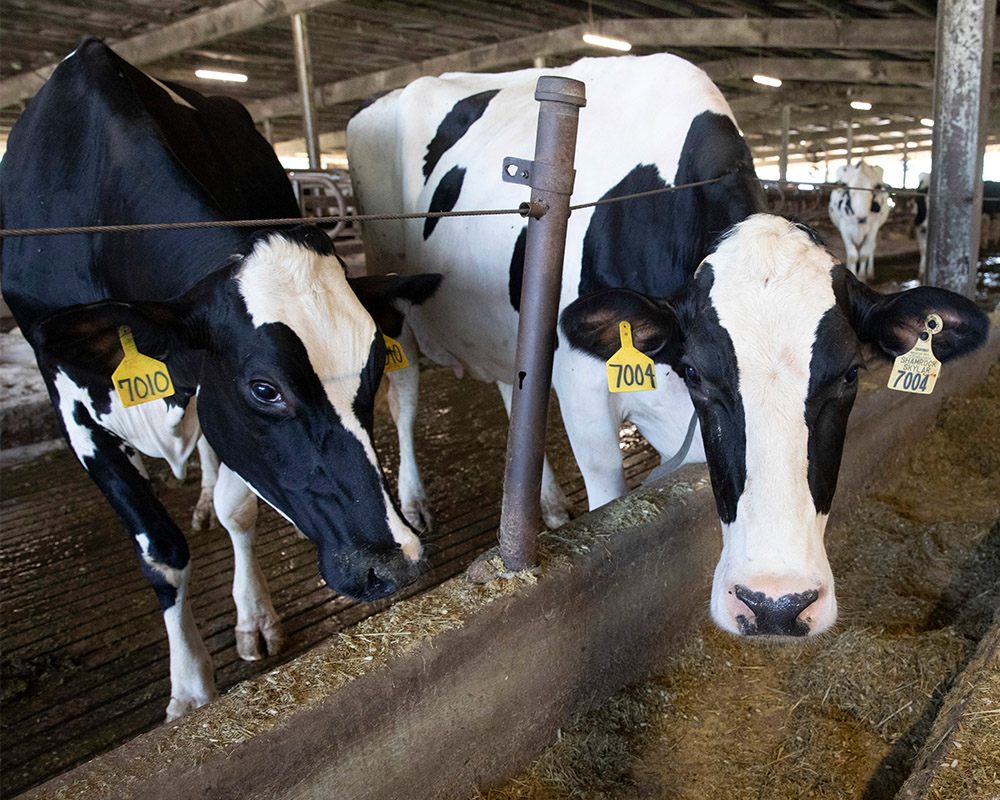
New research why cool cows provide more milk
With increasing global temperatures, dairy cattle face heat stress more frequently throughout the year than in the past. Thanks to cooling technology, dairy cattle can enjoy a better quality of life, but farmers and consumers may wonder if cattle comfort results in more milk. A study conducted by...Read more -

Why is veterinary drug preparation technology valuable?
Echo | 31 August 2021 Translated by HJM by 31 August 2021 Recently, exported products of our company has frequently encountered sampling inspection by veterinary drug regulatory authority of the exported countries. This indicates that not only China but also African countries are keeping strength...Read more -

Sea freight continues to rise, and the rejection rate continues to rise!
Recently, there is a joke circulating on the Internet: When the sea freight is USD8000, with the mentality of picking up the leakage, I have to look for the USD7000 space! When the sea freight rises to USD9000, I have to go back to find the USD8000 space! When the ocean freight rises to USD10000,...Read more -
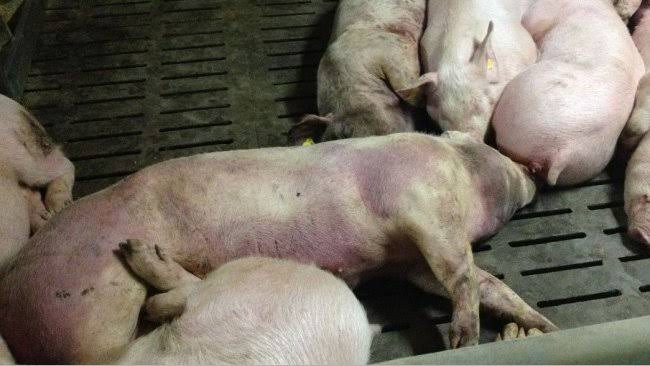
FIGHTING AFRICAN SWINE FEVER OUT OF UGANDA
Due to the losses suffered by pig producers in Wakiso district caused by an outbreak of African Swine Fever, it is important to safe guard those not yet affected. For your information, Wakiso district is one of the largest pig producing districts in Uganda with reasonable numbers of medium and la...Read more -
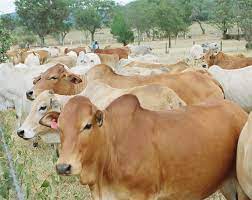
Contagious bovine pleuropneumonia
Contagious bovine pleuropneumonia (CBPP) is an infectious and contagious respiratory disease of cattle, caused by Mycoplasma mycoides subsp. mycoides (Mmm). In this review, basic epidemiological features of CBPP, complicated by existing different strains of Mycoplasmas with similar biochemical ch...Read more -
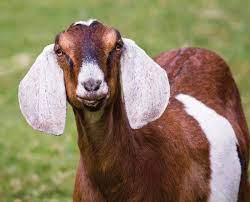
Common Causes Of Miscarriage In Goats
Most goat herds can generally suffer up to a 5% abortion rate without cause for serious worry but if you start to notice that the percentage of miscarriages in your herd has escalated above this level then it may well be time to start taking action. There are 3 major causes of goat miscarriage ...Read more -
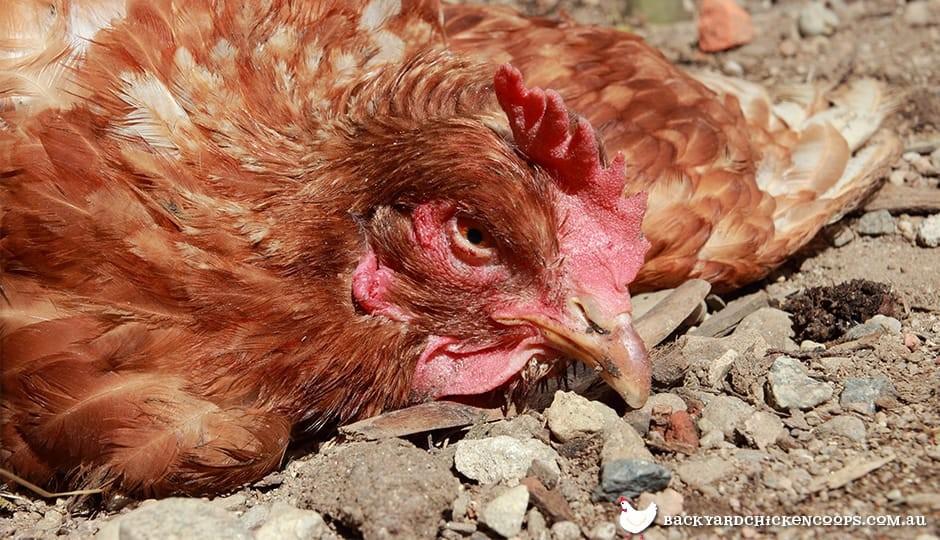
COCCIDIOSIS the disturbing chicken disease.
COCCIDIOSIS the disturbing chicken disease. This is one of the diseases that result from unhygienic environment in a poultry house. Once you allow water to get poured in a poultry house, it creates favourable environment for survival and multiplication of Coccidiosis. Pouring feeds in the litte...Read more -
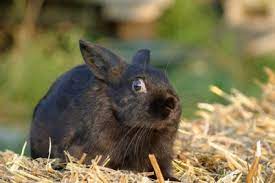
Causes of stress of rabbits
Causes of stress of rabbits • Pain and disease • Unfamiliar surroundings • Transport • Rough handling • Proximity of potential predators: dogs, cats, ferrets, birds of prey and, for wild rabbits, humans • A dominant companion and no means of escape • Inability to exhibit natural behaviour pattern...Read more -
![[Copy] CATTLE FEEDING PROCESS FROM CALF TO MATURITY.](http://www.fangtongpharm.com/uploads/CATTLE-FEEDING-PROCESS-FROM-CALF-TO-MATURITY..jpg)
[Copy] CATTLE FEEDING PROCESS FROM CALF TO MATURITY.
CATTLE FEEDING PROCESS FROM CALF TO MATURITY. Three different species of cattle kept, dairy and beef cattle feeding systems are discernible in the country: 1) The extensive system where cattle are totally grazed, and only supplemented with concentrates, usually at milking time. This syste...Read more -
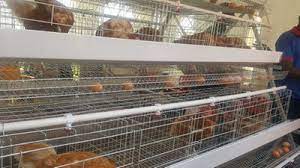
CAGE SYSTEM CHALLENGES AND SOLUTIONS
CAGE SYSTEM CHALLENGES AND SOLUTIONS 1. Ammonia smell. This originates from droppings that are some times collected for long time without removing them from the poultry house.Too much ammonia in the house leads to an outbreak of collibacilosis and other respiratory infections! So we need to watc...Read more -
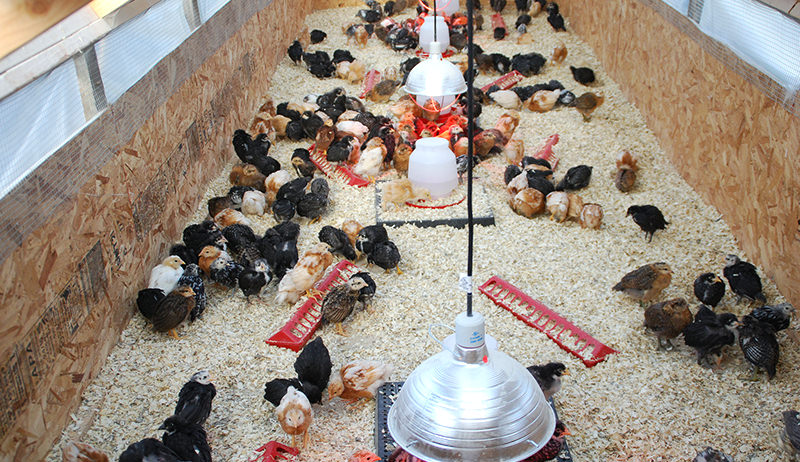
BROODER CHALLENGES AND MORTALITY
BROODER CHALLENGES AND MORTALITY Omphalitis, also known as yolk_sac_infection, is the main infectious cause of death in newly hatched chicks, during their first week of life. It is most commonly caused by infection with Escherichia coli bacteria (approximately 70% of cases), however other bacteri...Read more -
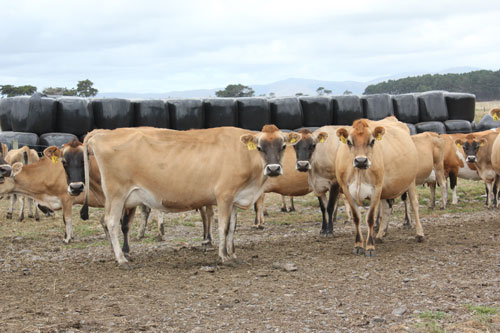
Bovine Babesiosis (BB) is a tick-borne disease of cattle.
The principal strains are babesia bovis and babesia bigemina, with Rhipicephalus ticks being the major vector. (Rhipicephalus (B.) decoloratus is a one-host tick. The ticks are active throughout the year where the climate is warm enough, with a peak in abundance during #SPRING and another during ...Read more -
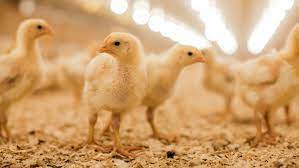
15 MANAGEMENT TIPS FOR BETTER POULTRY PERFORMANCE POTENTIAL
15 MANAGEMENT TIPS FOR BETTER POULTRY PERFORMANCE POTENTIAL Achieving good bird, barn and gut health requires operational excellence and attention to detail. A combination of quality nutrition, veterinary guidance, and increased consideration of barn and bird management will help to ensure birds ...Read more -

Experimental Infection of Foot and Mouth Disease in Indian Sheep and Goats
Foot-and-mouth disease (FMD) is an economically important contagious disease of livestock mainly cattle, buffalo, sheep, goats, and pig. There is limited data available on pathogenesis of foot and mouth disease in goats. In the study, the sheep and goats were infected experimentally with a seroty...Read more -
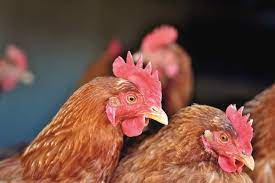
12 COMMON MISTAKES TO AVOID IN POULTRY FARMING
12 COMMON MISTAKES TO AVOID IN POULTRY FARMING 1. Avoid having dirty water troughs. Dirty water or dirty troughs are the origin of eschelicia coli that causes death, production decline, and losses 2. Avoid having insufficient water space. This can lead to complications like visceral gout( cause...Read more -
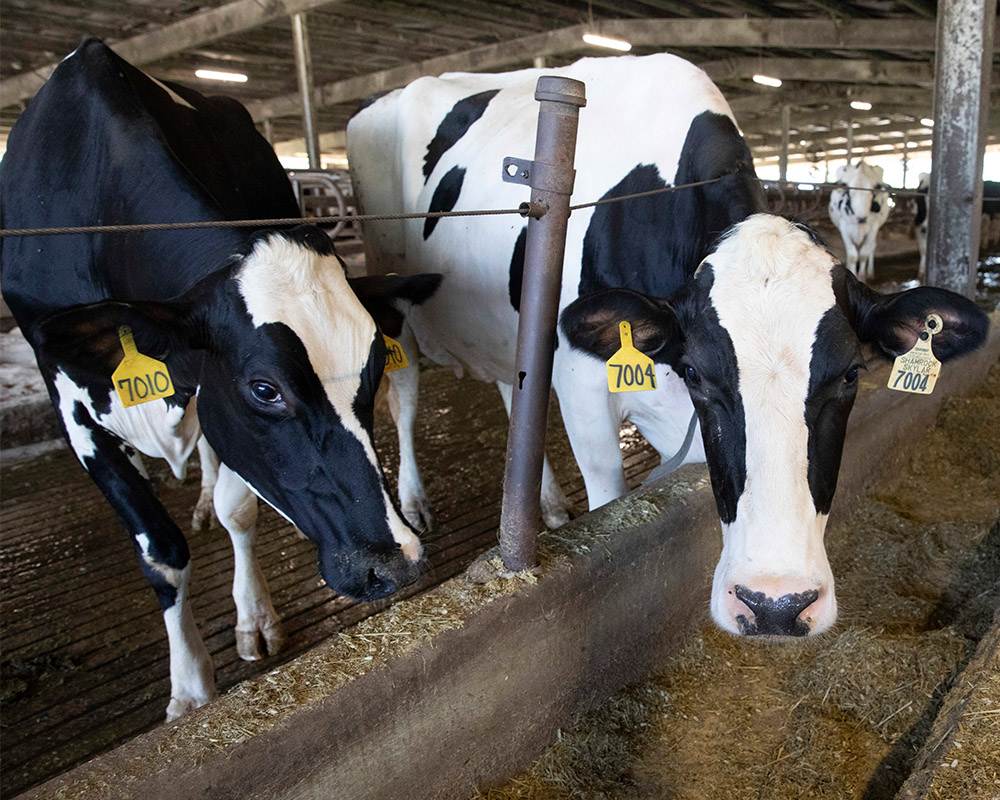
New research why cool cows provide more milk
With increasing global temperatures, dairy cattle face heat stress more frequently throughout the year than in the past. Thanks to cooling technology, dairy cattle can enjoy a better quality of life, but farmers and consumers may wonder if cattle comfort results in more milk. A study conducted by...Read more -
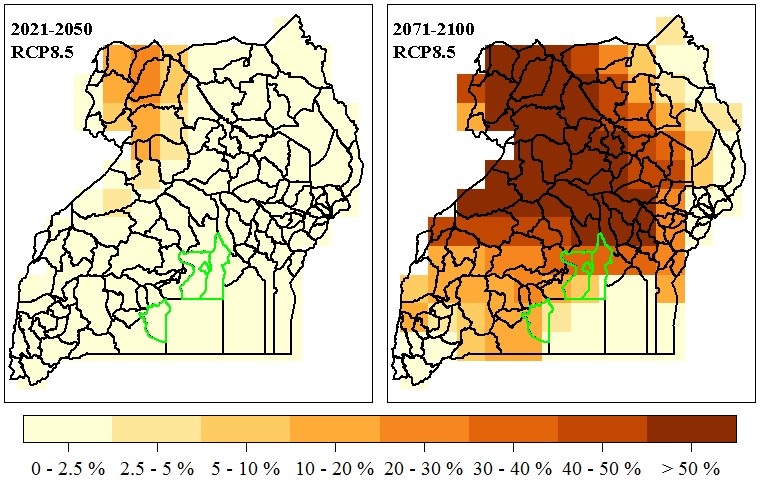
Taming heat stress – climate change adaptation of dairy, pig sectors in Uganda
Global heat stress is a growing problem that stands to impact health, livelihoods and the very food we eat. While high temperatures and heat waves can occur under normal weather conditions, with climate change they are becoming more severe, last longer and happen more frequently. In 2019, we saw ...Read more -
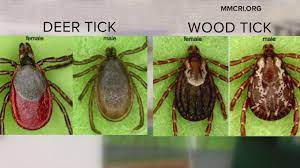
Tackling ticks through DNA
A new study indicates that eradication of the cattle tick in Australia is theoretically feasible. Globally, the annual economic loss from cattle ticks is estimated to be US$22-$30 billion. A new University of New England (UNE)-initiated study has established the feasibility of breeding tick resis...Read more

